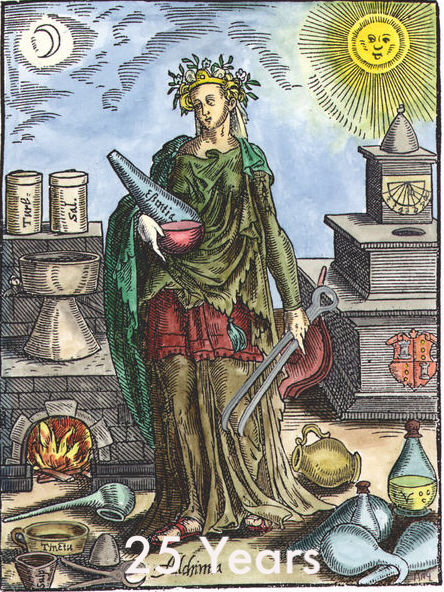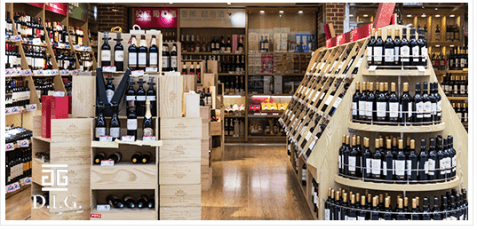D.I.G. will use Blockchain for wine distribution in China
D.I.G. stands for Shanghai Waigaoqiao Direct Imported Goods Ltd. It plans to use Blockchain technology for imported wine distribution in China, concentrating on safety and counterfeiting issues. It looks like the predictions made in my earlier articles are already bearing fruit! I think it’s incredibly exciting.
D.I.G. has partnered up with Shanghai-based Blockchain start-up BitSE and the “Big 4” accountant PwC to deploy a wine-based Blockchain distribution system, running on an Ethereum-based blockchain platform called VeChain.
Now China is not a place where I can claim in-depth knowledge. However, it does look like they are ahead of the game. They are tackling some serious Chinese food safety and counterfeit issues. And this isn’t for the rarified atmosphere of elite wine investors. It’s for mass-market wine consumers. People like you and me.
How DIG sees their Blockchain wine solution
Ms Cici Li, (Deputy General Manager at D.I.G.) had this to say about the D.I.G solution:
Strategy
“DIG has a state-owned trading project to establish a trading platform for overseas producers, Chinese distributors, and final consumers. China is the largest food importer in the world. Now Chinese consumers are paying more and more attention to food safety and fraud problems, especially with wine. The importation of wine into China increased 21% in 2016 compared with 2015. And wine imported through the Shanghai Pilot Free Trade Zone was 30% of all China’s wine imports.
We want to provide a more trusted channel to the Chinese market. So we have decided to establish a traceability system of imported wine, with government support. After comparing solutions, we decided to adopt VeChain with the Blockchain service provided by PwC.
We can significantly enhance the efficiency of the supply chain management system by integrating it with Blockchain technology. The major improvement is to enable the full traceability from the source; from wineries overseas and then the participants in the entire wine life cycle, such as Regulators, Distributors, Retailers, and Consumers”.
Blockchain
“All product information generated is on our specially created Blockchain. It is a permissioned chain according to each players’ responsibility and accountability. In the end, consumers will be able to access relevant information from the Blockchain through a Mobile App. Consumers will be able to quickly obtain trusted information such as origins, ingredients, vintage, and producer. The Blockchain record is immutable.
Through the Blockchain, these different players will update information on a single, trusted and real-time Blockchain database. The current mechanism is of isolated systems maintained by various operators. That has costly communication, time-consuming settlement and is prone to fraud and security risk.
The first phase of this VeChain solution is to tag at least one million bottles of wine per year. We’re excited that this solution also saves time and cost. It eliminates duplication, paperwork, and manual checking. This project is a reference case for our other imported goods, which DIG will consider for the adoption of the Blockchain solution shortly”.
Please note that this is my verbal transcription, so any errors made are mine!
Context
China is, of course, an economic powerhouse with a fast-developing internal market. It’s the largest importer of goods in the world. China is now drinking the world’s wine, especially red. The Chinese consumed 155 million nine-litre cases of red wine in 2013. That makes it the largest single market in the world, with an estimated value of USD2.64 billion. There has been staggering growth, which is now continuing from mass-market demand, rather than at the high-end.
DIG seems to be ahead in early adoption and roll-out of a mass-market Blockchain wine model.
Blockchain adoption is being led by the distribution chain, not by exporting wineries.
Government support for the initiative would seem to be a critical component. However, it appears that a key enabler of Blockchain may end up being those gigantic “Big 4” accountancy/audit firms. They have vast resources and market power.
Counterfeit wine and food is a big problem in China, so concentration on origins, safety and quality make sense. Public trust of imported wine is low because of fraud scams. One example of many was counterfeit Mont Tauch wine. That’s a favourite French brand from the Languedoc which had around 400,000 bottles faked with cheap wine thought to have come from South America.
I have previously documented some of the biggest wine scandals that have happened worldwide here.
Implications
While 1 million bottles seems a significant amount, it only represents 750,000 litres, (say 80,000 cases, roughly 1,500 pallets). Maybe that’s about 0.01% of the Chinese market. However, this pilot scheme is a learning exercise, will iron out the bumps, and would seem scalable.
It’s not yet a complete grape to glass system.
Meanwhile, in related news, the giant Chinese Alibaba Group is developing Blockchain for authentic food imports, initially from Australia and New Zealand. In the USA, Walmart has teamed up with IBM to track food through its distribution system using the IBM Blockchain platform. Looks like the big retailers are the early movers in initiating Blockchain, using their considerable wealth and market power.
On this evidence, the Blockchain revolution in the wine trade has started. Will adoption be “top-down” or “bottom-up, or a mix of both? Watch this space as Blockchain starts to roll out!

